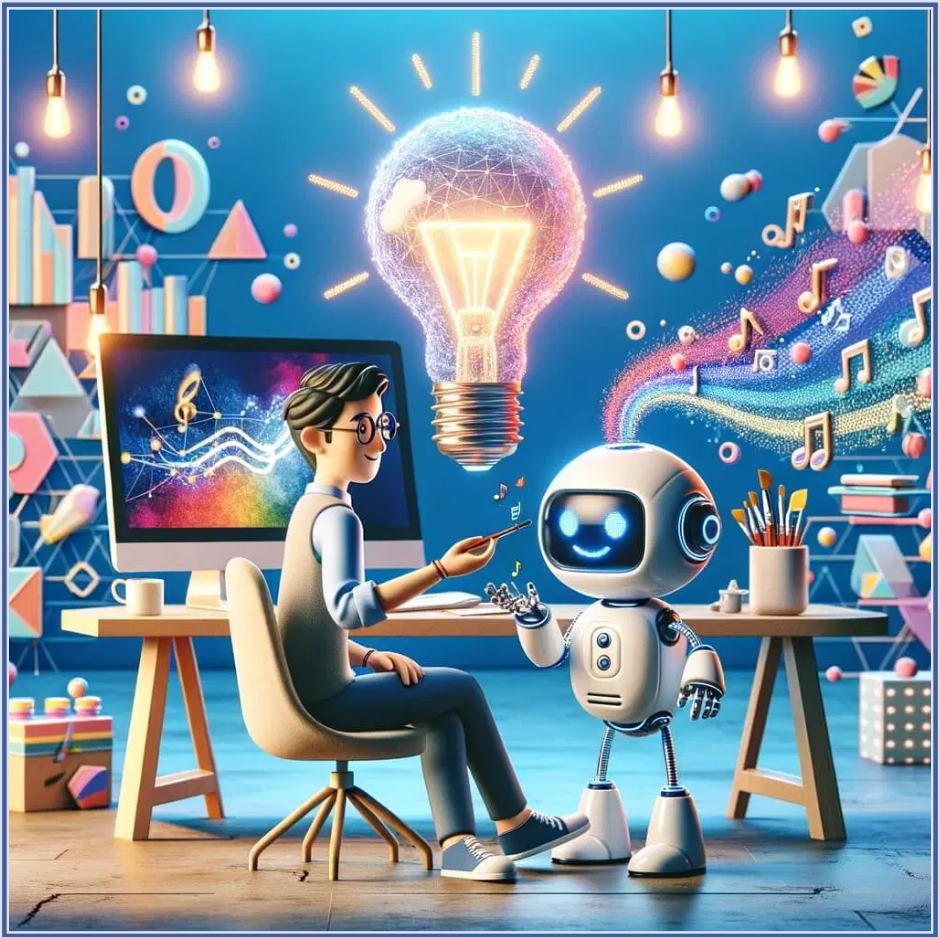The digital era has revolutionized the way we communicate and engage with audiences. As attention spans shrink and content consumption rises, visual storytelling has become a critical method for brands and creators to capture attention. While static images have traditionally played a significant role in digital marketing, the shift towards dynamic and interactive content has made videos a dominant medium. The emergence of image to video AI technology is at the forefront of this transformation, making it easier than ever to turn simple images into captivating video narratives.
In this article, we’ll explore how image to video AI is shaping the future of visual storytelling, the benefits it offers, and how brands can leverage this technology to enhance their content strategies.

The Shift from Static Images to Dynamic Videos
Visual content has always been a powerful storytelling tool, but the rise of video content has elevated the standards. Videos not only engage audiences better but also convey complex information more effectively. A simple image may capture a moment, but a video can tell a story, evoking emotions and guiding the viewer through a narrative.
This is where image to video AI comes in. With advanced AI tools, it’s now possible to take a series of images and automatically transform them into engaging videos. These tools analyze the images, create transitions, add suitable background music, and even generate scripts. By doing so, they simplify the process of video creation, making it accessible to anyone, regardless of technical expertise.
Benefits of Image-to-Video AI in Visual Storytelling
- Efficiency in Content Creation: Traditional video creation requires time, effort, and expertise in editing software. With image-to-video AI, this process is streamlined. You can easily generate explainer videos, promotional content, or even social media posts by simply selecting a series of images and letting the AI handle the rest. Easily generate videos with AI. Use an image to video AI generator to create videos that deliver your message. Simply choose a topic, and this tool will automatically generate the script, add video clips, subtitles, background music, and transitions. Add finishing touches with the magic edit box to make your video truly unique.
- Enhanced Engagement through Animation: One of the main reasons videos outperform images in digital marketing is the element of motion. Movement naturally draws the human eye, making videos more engaging. AI-generated videos can take still images and bring them to life through smooth transitions, animations, and added effects. This dynamic content is more likely to hold viewers’ attention, resulting in longer watch times and increased engagement. For example, a brand can use image-to-video AI to create a video slideshow of a product’s features. Instead of a simple image gallery, the AI can transform these images into a professional video that guides viewers through each aspect of the product, making the content more engaging and informative.
Leveraging Image to Video AI in Video Content Marketing
The application of image to video AI extends beyond basic video creation. It plays a vital role in video content marketing, helping brands communicate their messages more effectively. As video becomes a cornerstone of online content, leveraging AI to create engaging videos can give businesses a competitive edge.
Video Content Marketing Strategies: Incorporating AI-generated videos into a content marketing strategy can help brands reach and engage with their target audience more effectively. For instance, short AI-generated videos can be shared on social media platforms, embedded in blog posts, or used as part of a product launch campaign. This can significantly enhance the reach and impact of a marketing campaign.
To understand more about the power of videos in marketing, check out this detailed guide on video content marketing. It explores various strategies to make your video content resonate with audiences and convert viewers into loyal customers.
- Cost-Effectiveness for Small Businesses: Traditional video production can be expensive, involving professional videographers, editors, and software licenses. However, with image to video AI, even small businesses can create high-quality video content without incurring significant costs. This technology allows businesses to repurpose existing visual assets, such as photos from product shoots or event images, into compelling video stories.
This is particularly useful for small businesses that want to maintain a strong online presence without the high costs associated with traditional video production methods. AI-powered tools make it possible to create professional-looking videos quickly and affordably.
The Role of AI-Powered Video Apps in Storytelling
In addition to online tools, AI-powered video apps are making it easier for users to create stunning videos directly from their smartphones. These apps provide the flexibility to edit videos on the go, ensuring that content creators can keep up with the fast-paced nature of social media.
Convenience of Video Apps: Video apps integrated with AI features allow users to transform images into videos without needing to transfer files between devices. With features like automatic video generation, voiceover capabilities, and customizable templates, users can produce polished videos wherever they are.
Explore some of the best video apps available to see how you can create content on the move, edit with ease, and maintain a consistent quality that keeps your audience coming back for more.
- Consistency Across Platforms: Using AI to generate videos from images ensures consistency in style, tone, and quality across different platforms. This is essential for brands looking to maintain a cohesive visual identity. Whether it’s Instagram stories, YouTube content, or website videos, AI-generated videos ensure that your message is consistently delivered with the same professional touch.
For instance, AI can generate multiple variations of a video for different platforms, ensuring optimal performance on each. A square video for Instagram, a vertical one for TikTok, and a widescreen version for YouTube can all be created from the same set of images, making it easier to tailor content for each platform.
The Future of Image to Video AI in Visual Storytelling
As AI technology continues to advance, the capabilities of image to video AI will only expand. Future developments may include even more sophisticated AI models that can mimic human creativity, understand brand aesthetics, and generate videos that align perfectly with a brand’s style and tone.
Personalization and AI: The next step for image to video AI is personalization. AI tools will be able to analyze user preferences and generate videos that are tailored to individual viewers. This could mean creating custom video content based on past interactions or adjusting video elements to match a viewer’s preferences. Such personalized videos can enhance engagement and create a more meaningful connection between brands and their audience.
Moreover, the integration of AI with augmented reality (AR) and virtual reality (VR) could open new avenues for immersive storytelling. Imagine a future where AI can turn a series of images into a fully interactive 3D video experience, allowing viewers to explore content from different angles and perspectives.
Conclusion: Embracing AI for a New Era of Storytelling
The potential of image-to-video AI in visual storytelling is immense. It simplifies the creation process, enhances engagement, and allows brands of all sizes to leverage the power of video. As more businesses recognize the value of dynamic content, AI-driven video creation will become a staple in digital marketing strategies.
By adopting image-to-video AI and incorporating these videos into a well-rounded video content marketing strategy, brands can stay ahead of the curve, providing their audience with content that is both visually appealing and highly engaging. Furthermore, utilizing advanced video apps ensures that this process remains accessible and efficient, helping creators produce high-quality videos with just a few taps.
For businesses looking to elevate their storytelling and connect with audiences in new ways, embracing image-to-video AI is a step toward the future of content creation. As this technology continues to evolve, it promises to reshape how we share stories, one frame at a time.

